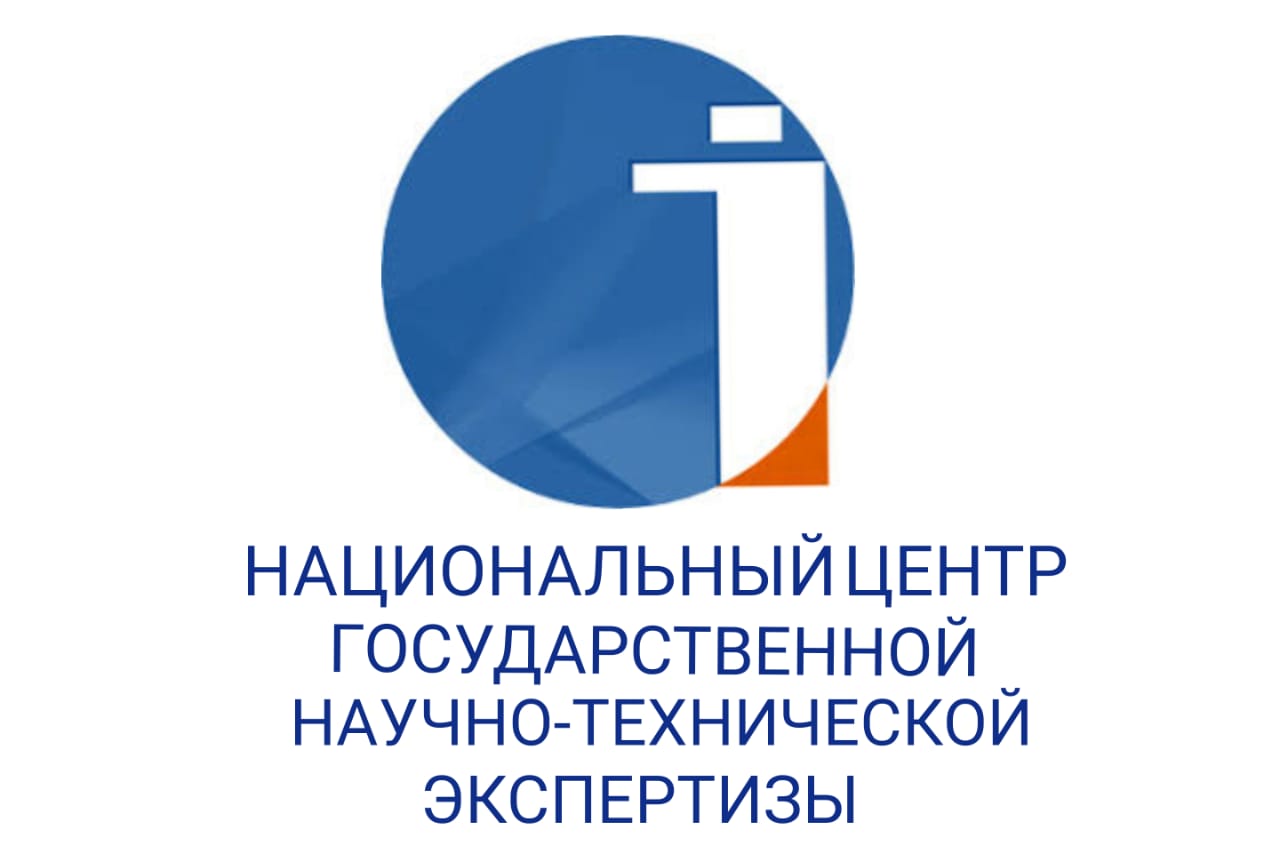THE REPRESENTATION OF NONVERBAL COMMUNICATION METHODS IN THE POETIC DISCOURSE
DOI:
https://doi.org/10.48371/PHILS.2024.72.1.017Keywords:
poetry, poetic discourse, verbal communication, nonverbal communication, prosody, prosodic features, proxemics, kinesics, graphemicsAbstract
The article aims at revealing the essence of using nonverbal communication means in the poetic discourse. The latter, in particular, is described as a series of performative acts accompanied by a number of paralinguistic means of expression. Nonverbal communication methods are analyzed in a two-sided way: first, the graphical and prosodic features of the poem itself (the mimetic paralanguage) are taken into consideration; second, the silence, pauses, hesitations, postures and mimics described in a poem (diegetic paralanguage) are analyzed. For these purposes, the methods of stylistic, semantic, and auditory analysis are utilized. The main novelty of the research is the fact that it describes a poem as a unity of its inner and outer form: its text and the way that text is represented. Nonverbal communication means, including prosody and graphemics, are said to intertwine with the lexical representation of paralinguistic elements in the text of the poem. Such a unity is necessary for the creation of an artistic image. It is hence revealed that contemporary English poetry, mostly lacking proper rhyme schemes, vastly depends on the visual and audial perception of the text as well as on those hidden cues which are placed within a poem. Further, the prosodic representation of a poem’s artistic image is planned to be researched in detail. The theoretical and practical significance of this research lie in the applicability of its results to the academic curricula and further scientific inquiries on correspondent topics.








